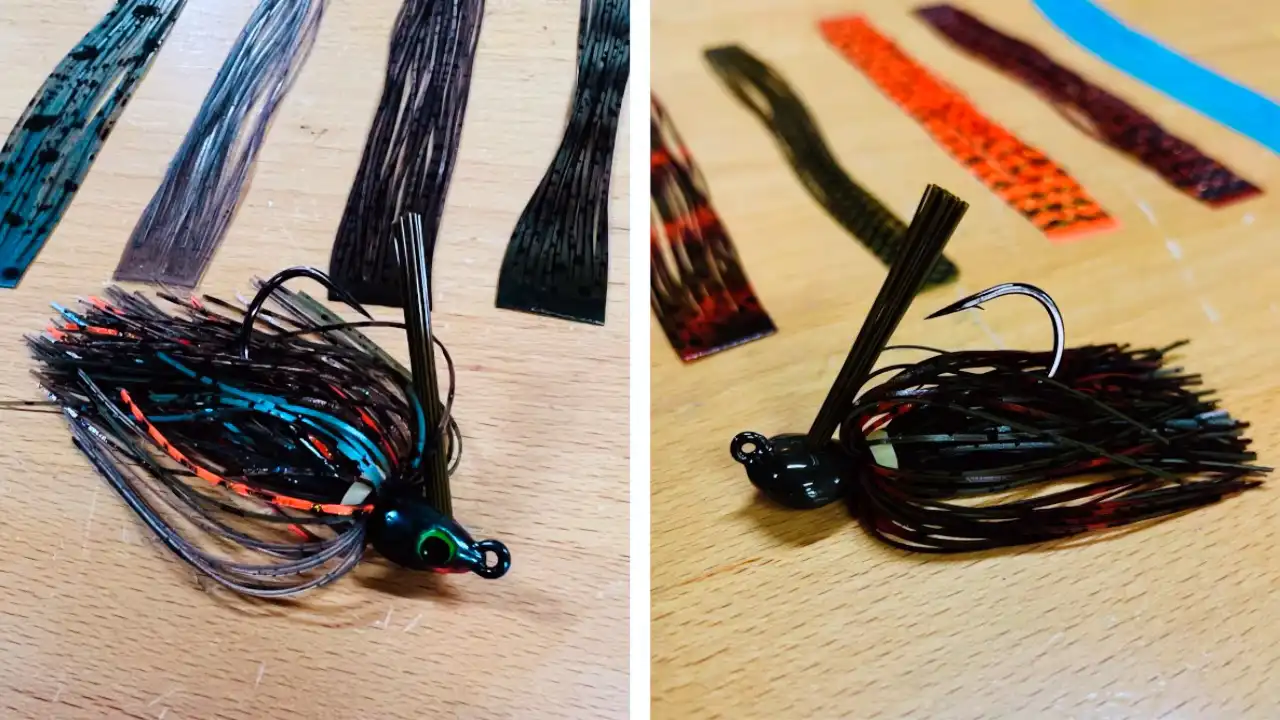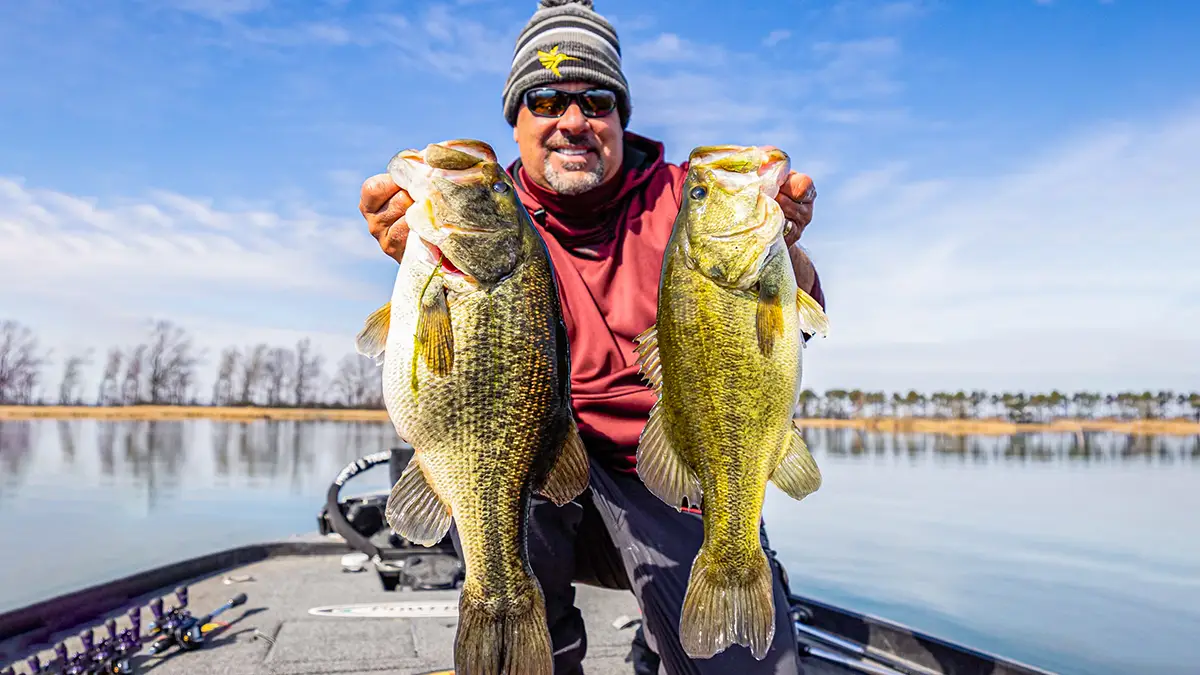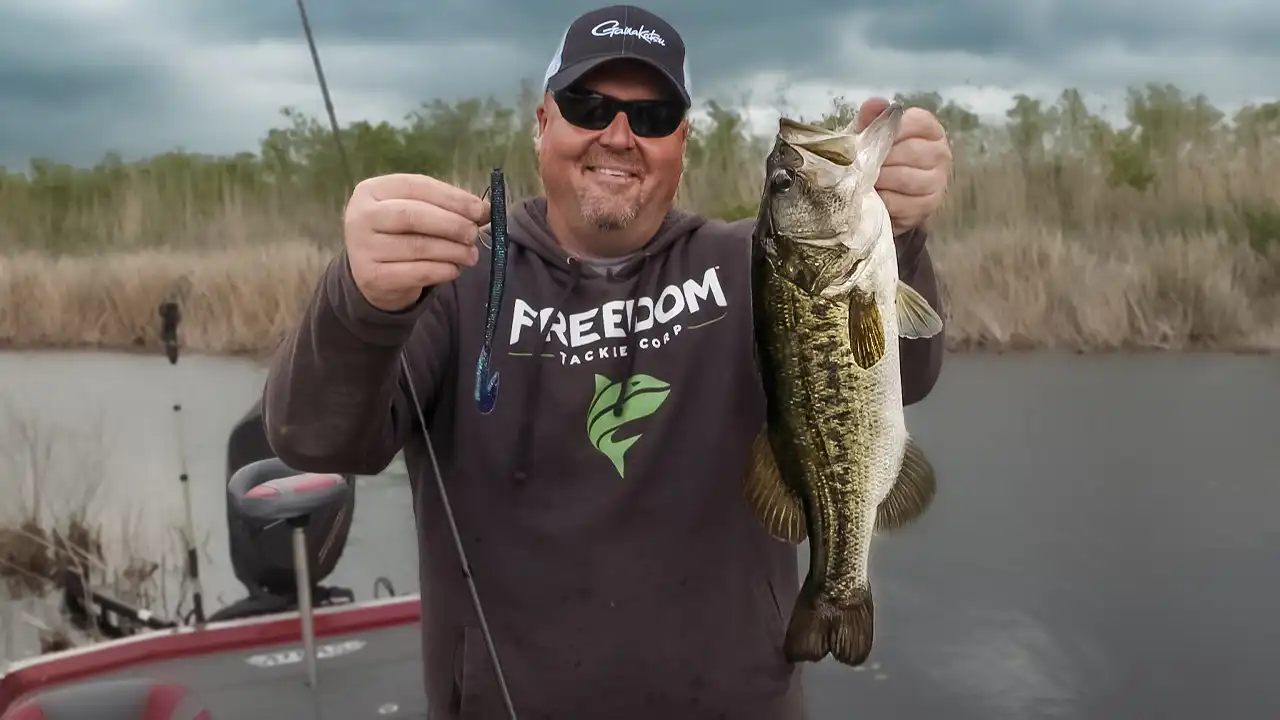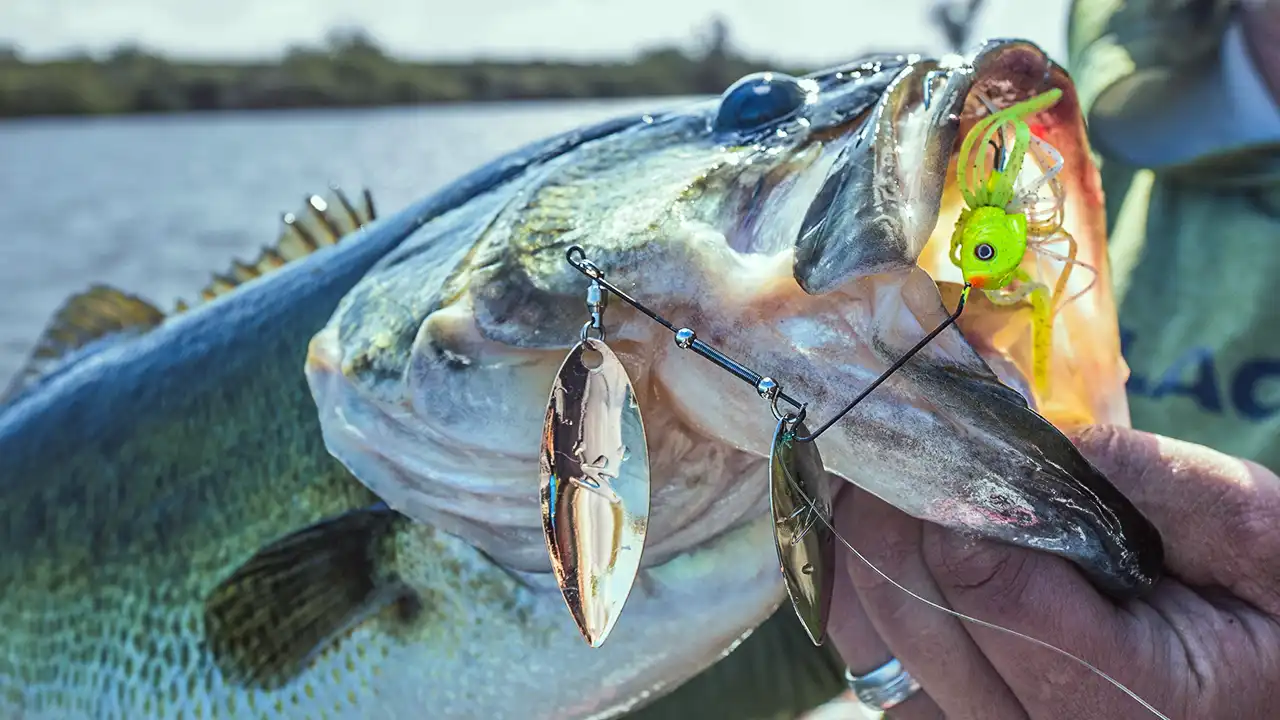The beauty of bass fishing is that anyone can catch a giant bass on any given cast. Largemouth Bass are opportunistic feeders, so they don’t discriminate. A bass isn’t going to turn its nose up and say “no thanks” if you’re throwing a Beetle Spin on a Zebco. It doesn’t matter if you’re fishing from the bank or a hundred thousand dollar boat. If you put a bait in front of a bass when it’s in the mood to bite, it will eat it.
But all that being said, you have to rely on luck too much to catch big fish on a regular basis unless you take control of a few variables. No, a $900 per month boat payment is’t necessary. And you don’t necessarily even need high-dollar graphs and shallow water anchors, though those do help in certain situations.
Catching bass has always been about a mindset, a passion. Catching big bass is about honing in on a specific mindset, a specific approach and sticking with it even when your brain or your gut may be trying to talk you into something else and not sticking with a big bass approach.
There are some simple, more affordable things we can all do to catch bigger than average fish at a better than average pace.
Change your mind
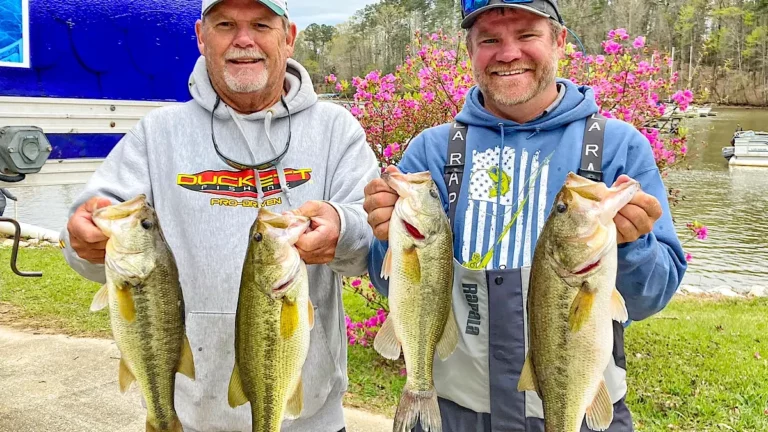
Let’s start with the most affordable tip, though it will likely be the most challenging to pull off. First and foremost when targeting big fish, you’ll have to completely change your mindset. When we first start fishing, the motivation is to just get bit. It doesn’t matter the size. The reward early on is just to feel that tug and know that you’ve outsmarted something else in nature.
But big fish often isolate from others. Sure, there are a few instances when big bass school up in numbers. But by and large, the big ones are often by themselves. We’ll talk more about why that is in a moment. For now, this info is important because it tells us that if we want to target big fish, we’re going to have to understand that we’re not going to catch a lot of fish.
It’s a common misconception that anglers who catch big fish simply weed their way through lots of little fish to get there. I had this same assumption early on in my tournament career, about Lake Guntersville and Lake Okeechobee in particular. I’d see anglers weighing in 25- and 30- pound bags and just assumed they were catching a hundred fish a day and culling up to get there. It wasn’t until I finally caught a couple big bags that I realized I had been bad wrong, and my focus shifted.
The two biggest five fish tournament limits that I ever caught came on these two aforementioned lakes. I had 26-6 on Guntersville and 29-8 on Okeechobee. That frigid day on Guntersville, I had five bites in 8 hours of fishing. Not five keeper bites, only five bites period… all day. On Okeechobee, I don’t remember the exact number of bites but it was no more than a dozen.
Those tournaments were a decade ago now. But dad and I just won a tournament this spring on our home waters of Lake Martin with 15- pounds. Between us, we had 11 bites all day. So this principle holds true year after year.
I get it, it’s really hard to fish with confidence when you’re not getting bit. As Einstein put it, the definition of insanity is to do the same thing over and over and expect a different result. So you literally have to shut your brain off and fight your instincts to continue making cast after fruitless cast. In order to do this, you have to look at each cast as a small investment into an inevitable big payday. It’s easier said than done, but it is essential.
Change where you look
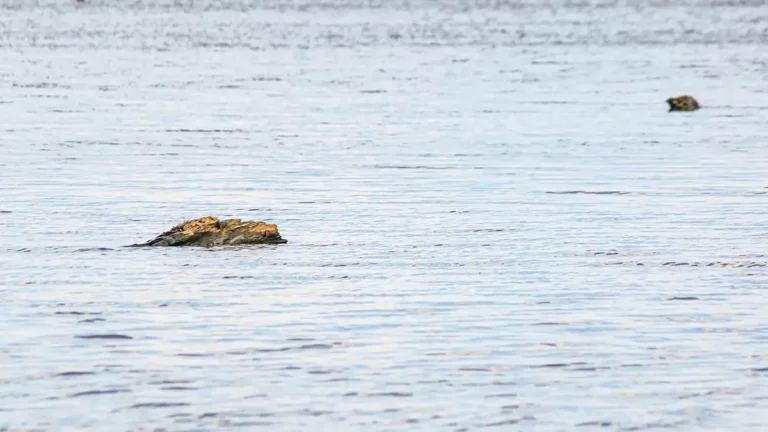
We briefly laid out the idea that big bass often isolate. And again, I realize and admit this statement isn’t absolute. I acknowledge an angler can get on a school of fish on a ledge and weed through a hundred 2- pounders to catch 2 or 3 big ones. But most of the time, bigger bass like to hang alone, or at most in small schools known as wolf packs of a half dozen or fewer fellow big fish.
So if big bass isolate, how do we find them? The key is looking for cover that is also isolated. Isolated cover is the best indicator for where a big bass will be. This can look like dozens of different things: the only dock on a bank, a brush pile on a point, a flat with scattered stumps or boulders, a row of laydowns spread down a shoreline, a clump of lily pads and the list goes on.
Bass love ambush points, little pieces of cover they can hunker down beside as they wait for prey to seek refuge in the same cover. As the unsuspecting crawfish, bluegill, shad or other forage approaches or passes the cover, the bass strike and the story of the little fishy abruptly comes to an end, as the bigger one gets bigger.
This tendency to isolate isn’t really an antisocial deal on behalf of the big bass. There are a couple contributing factors to why these bigger fish are often alone. Regardless of what people say, bass will eat other bass. From mothers eating their own fry (newly hatch babies) to 5- pounders found floating with 3- pounders lodged headfirst in their throats, the evidence continues to mount that bass eat other bass. So this alone is a good enough reason for smaller bass not to hang around the same cover as bigger bass.
But bass can also be very territorial. And the bigger fish have the advantage when it comes to bullying away the smaller fish, and when competing for food. Sometimes smaller bass get the jump on a bait, and I’ll catch bigger bass mixed in a little later. But this is likely more to do with the bigger, older and wiser bass showing a little discretion to my artificial offering, as the eager and ignorant juvenile takes the bait right away.
Most of the time though, if my presentation is really dialed in, I’ll catch the biggest bass in an area first. And the assumption is the same then for the real thing. The big bass get to eat first, so this is another reason for small fish to vacate the premises when a big bass is in the area. Taking all of these things into consideration, it makes sense that big bass isolate in and around isolated cover.
Change your gear

We’ve discussed the shift in mentality. You have to change where you look and sharpen your mental fortitude so that you can forgo catching lots of fish in exchange for a few good ones. But the gear you use matters a lot too, and this part can be costly.
Again, giant bass have been caught on 5-pound monofilament and a Zebco. But trying to tangle with a big bass using this combo has led to a lot more broken hearts than happy endings. The deeper into bass fishing you go, the more you’ll realize the majority of it can be done with a 7- foot medium heavy baitcasting combo. But to target and catch better than average bass on a regular basis, you’re going to need specialized gear.
Punching is a great example of a segment of bass fishing where specialized gear is essential. You can do a lot with 15-pound fluorocarbon, a 1/4-ounce weight and a 7-foot rod. But you can’t punch a bait through thick matted vegetation with that setup. And even if you could, you wouldn’t be able to tame the ferocious beasts that lay beneath it given all the obstacles in your way.
For this job, you’ll need a near 8-foot heavy action rod with 65- pound braided line, a heavy tungsten weight upwards of an ounce and a beefy flipping hook.
But bigger isn’t always better when targeting large fish. For example, you’ll want a medium lite spinning rod shorter than 7-feet with at least a few feet of 10-pound test or lighter fluorocarbon line if you’re going to go tangle with big spotted bass and smallmouth in many of the clear water fisheries across the country.
The finesse fishing gear you’ll need out deep is in stark contrast to the heavy punching gear you’ll need in shallow vegetation, but both are essential when trying to target bigger than average bass on certain fisheries.
Changing your mindset, changing where you look and changing the gear you use are necessary to locate and catch big bass with regularity. There will be some growing pains no doubt, as you try to make this transition. But if you can wrap your mind around not needing to get bit regularly in order to get a big bite periodically, the reward is great.
To help you do this, look for isolated cover where a single big fish can rule the roost. And lastly, make sure you have the gear you need for the job. As you grow in these three areas, you’ll find that the bigger bites start to pileup.






